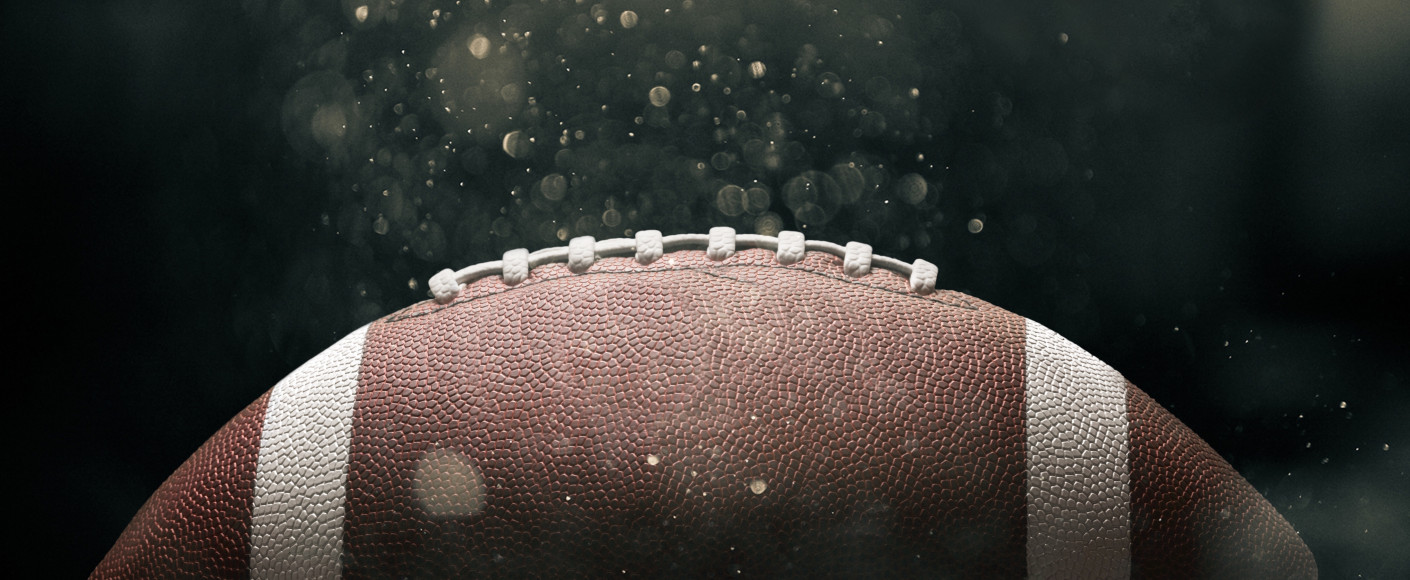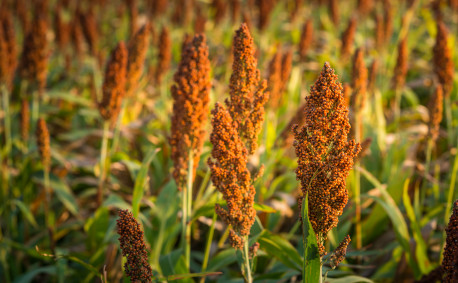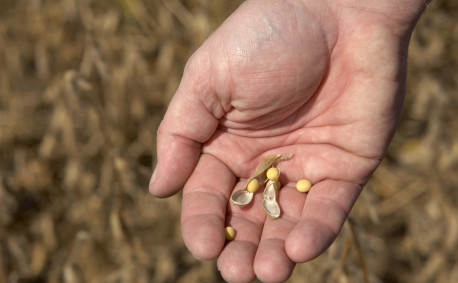Seven Everyday Items with Animal Byproducts
When we think of animal agriculture, we often think of hogs and cattle being raised for food. But animals are used for more than meat, and they play a huge role in our everyday lives, even when we have no clue. Animals provide different chemicals, compounds and materials that can be used to make everyday items. For instance, about 99 percent of a cow can be used for meat and more. Now that is ensuring nothing goes to waste!
Want to up your trivia game, fascinate your kids or impress your friends with fun agriculture facts? Here are seven sometimes surprising ways animals contribute to our lives.
1. Clothing
One of the most visible uses is in our clothes and shoes. Animals give us leather, wool and other fabrics to wear. They also show up in our upholstery and other home décor.
2. Cosmetics and Beauty Products
Animals play a big role in many of our daily beauty regimens. Collagen, lanolin, keratin and hyaluronic acid all come from animals. These components can help smooth and strengthen our skin, hair and nails.
3. Sports Equipment
You’ve probably heard the term “pigskin” for a football. The nickname traces back to the late 1800s, when certain animal parts were used to make balls. However, today footballs are made from rubber or leather, which are also used in other sporting equipment like baseball gloves.
4. Jelly and Gummy Candy
These are just a couple of examples of things we eat that use gelatin, which comes from animals. Gelatin is known for its jelly-like consistency. (If you’ve ever made bone broth and chilled it, you know the texture — and slurping sound — it can create.) Gelatin is made from collagen and can also be used for medicinal purposes to make capsule casings for pills.
5. Medicine
In addition to capsules for pills, chemicals produced by animals can be used in our medications. Animals also provide materials to help make valves for grafts, including for human hearts, and to treat burns!
6. Adhesives
Collagen has adhesive properties and is often used to make glue for woodworking and even sandpaper (where the coarse and smooth papers must be tightly bonded). Another animal byproduct — casein — is a milk protein often used to make cheese, but it can also be used in glue, paint and materials to repair our teeth.
7. Plastic
Stearic acid is used in a variety of products, including plastic. Stearic acid has a waxy texture and is treated for use in PVC products as well as plastic bags. (Tallow, which is used in candles and cosmetics, contains stearic acid.)
More About
Some other places you can find animal byproducts:
- China
- Fertilizer
- Gum
- Marshmallows
- Soap and detergents
- Biodiesel
- Fireworks
- Perfumes
- Linoleum
- Deodorant
- Paper
- Toothpaste
- Playing cards
- Candles
- Batteries
- Floor wax
You’ll be amazed at all the different ways animals contribute to our lives. To help your kids make the connection between animals and some of the items we use every day, download a free coloring page from On the Farm STEM.




